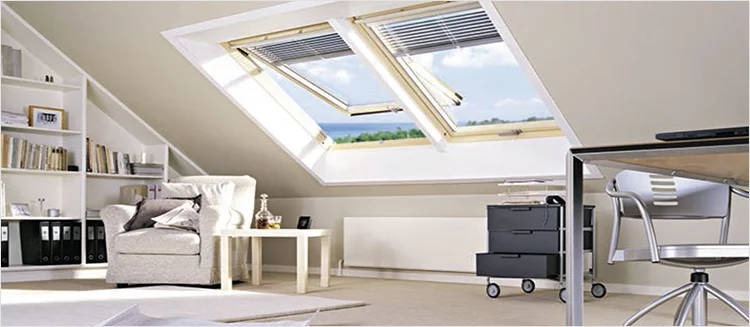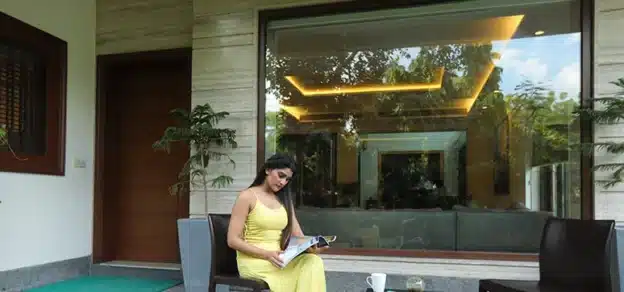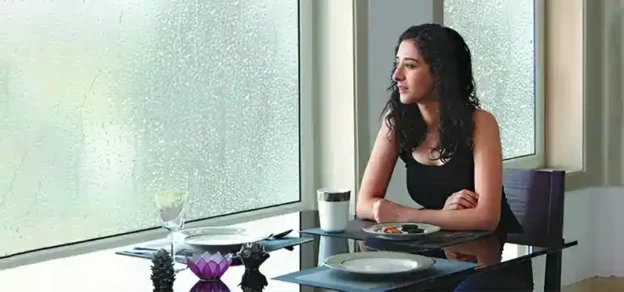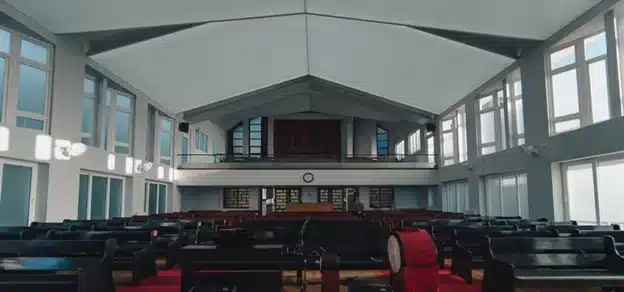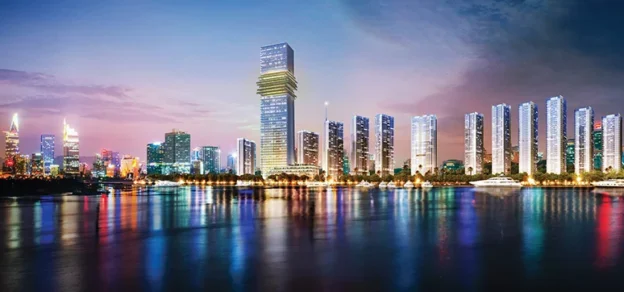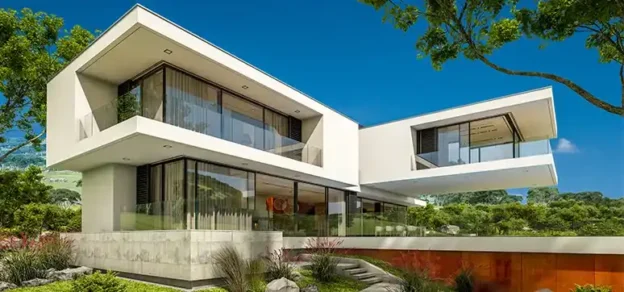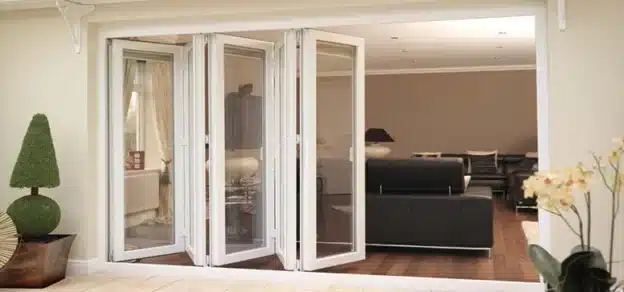Skylights in India
Traditionally, skylights have been a European concept, where natural light is a scarcity. India is a country full of natural light. With more than 300 bright sunny days a year, why would we need a skylight anyway? However, in the recent past, the design trends have changed. The living patterns have changed. More so, to accommodate the Western style of architecture and living. Contemporary designs are more popular now even in India. So, why not fancy skylights?
However, if we do not follow certain aspects of designing a proper skylight customised to the Indian climatic conditions, it might be a disaster and one might be living in an ‘oven’ practically. Choosing a proper design along with materials that are more suitable for local conditions is the key to incorporating a skylight into your building.
The very purpose of installing a skylight is to bring natural light into a building. However, while doing so, we also bring in a lot of heat. Hot air has a tendency to travel upwards. Hence, any skylight would create a hot air pocket at the top just below the glass surface. This would not only make the area below practically unusable unless you are spending huge on air conditioning. Both ways, it is a loss. In our country, we do not have the problem of ‘heat loss’ due to skylights. Because there are hardly any buildings with heating facilities here. We use air conditioning (cooling). So, with a combination of skylights and hot summers, we would be facing loss of air conditioning (cooling), if not designed properly.
Key Aspects While Designing Any Skylight
We should consider the following key aspects while designing any skylight in Indian conditions.
- In case of an all-fixed skylight, please make sure to use a low E laminated safety glass, that would bring in a minimum possible amount of heat without affecting the incoming light much. This glass selection is very important because, if we select the one with a more reflective coating, the whole skylight would turn into a mirror at night and it would be a disaster. Moreover, having laminated safety glass would also take care of the safety aspects against intrusion as well as damages due to unforeseen glass breakages.
- Shades – Another option for having a fixed skylight and still arresting the heat is to have fabric shades. These could be either manually or electrically operated depending on the position of the skylight as well as the budget. Preferably, such shades should be installed on the outside of the glass in order for the heat to be completely blocked during the high summertime. However, in places where the air is full of dust, it is advisable to have it below the glass surface in order to avoid frequent maintenance and cleaning.
- If the budget permits, the best option would be to have skylights that open. Depending on the design, size, space availability, etc. these could be manually or electrically operated. However, the best part is, that it would take out all the heat from the top, thereby cooling the area below. This could work fantastically if other openings within the vertical walls below the skylight are designed appropriately. An open skylight above and open windows below would create a natural air draft.
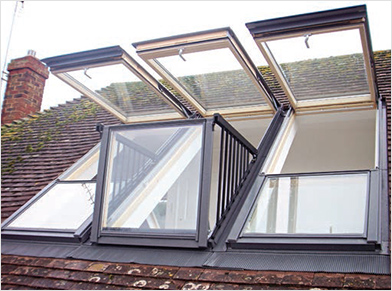
Skylight Design Principles
A variety of factory-manufactured skylight shapes exist for sloping or flat roofs. Most include shafts (also called light wells) that can potentially exert as much influence over the energy properties as the skylight itself. Sky-lighting may also take the form of general glazed areas such as roof lights for atria, attached conservatories or sunrooms. In this form, they are less likely to be factory-manufactured and more likely to be custom-made.
Skylights are a good alternative when you are restricted by the size of windows that you can use, where there are privacy issues, or when you want to create a different architectural outlook. The ‘right size’ skylight admits just enough light for the job and no more.
Several methods can help to decide on the size and spacing of skylights. The size of the skylight impacts its solar heat gain and its conduction gains and losses. Typically for roof windows and skylights, a 3–5 per cent floor-to-skylight area ratio is used and for some high-performing tubular skylights, 1–2 per cent is sufficient. If multiple skylights are to be used in the same room, spacing between the skylights should be 1.5 times the height of the room.
Some examples where skylights could be effectively used are public areas like atriums, kitchens (to free up valuable wall spaces), internal courtyards with gardens below, living rooms, bathrooms (by completely avoiding windows in the vertical walls), study & working areas, and libraries.
